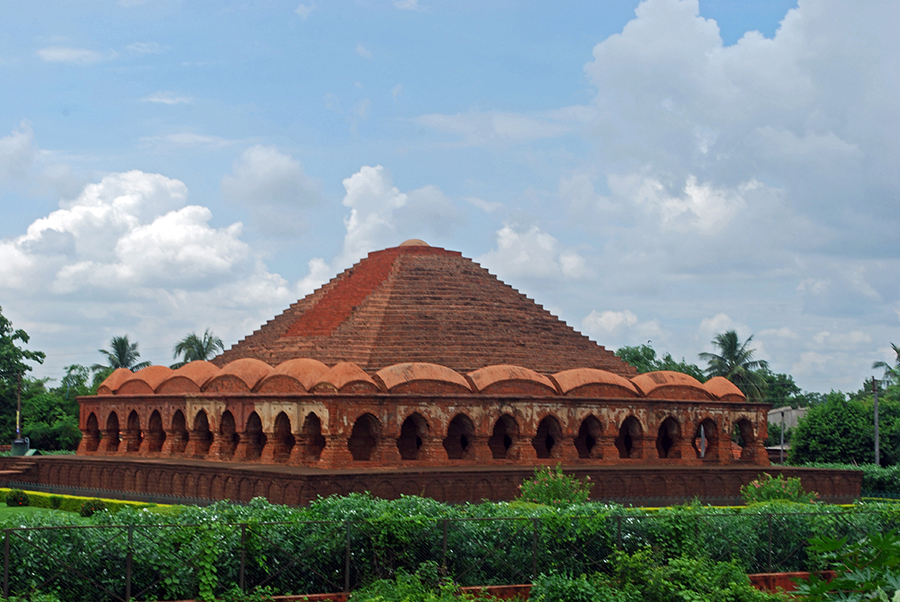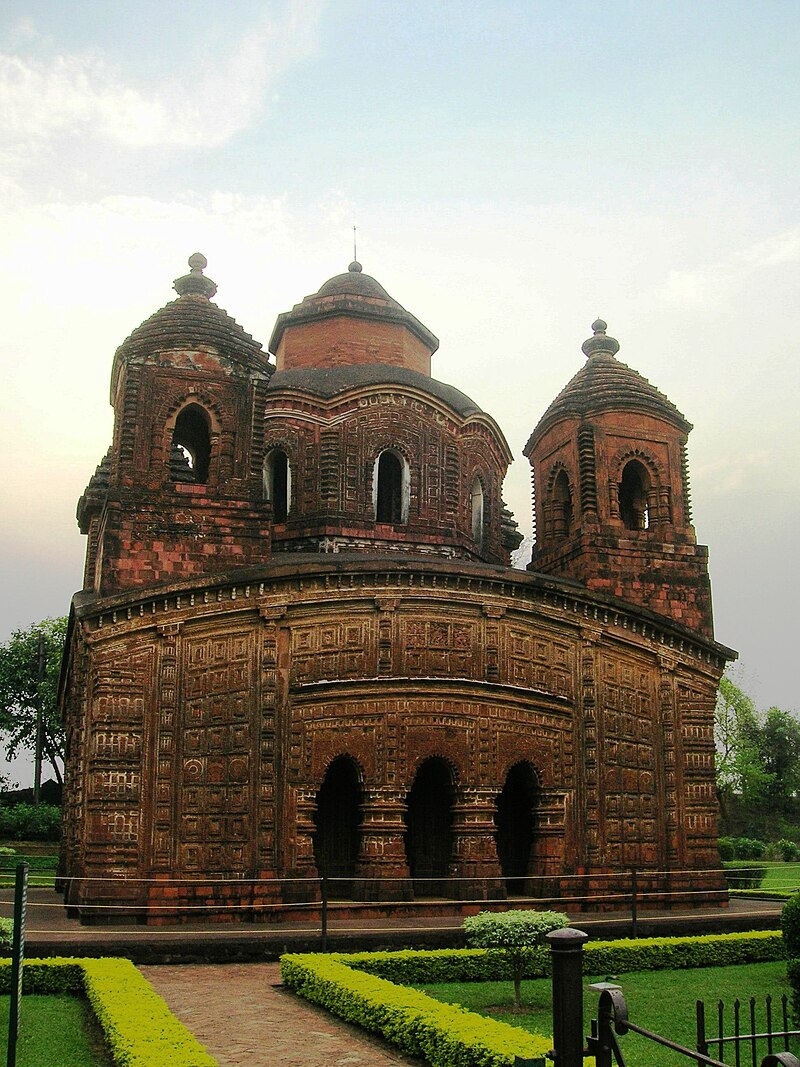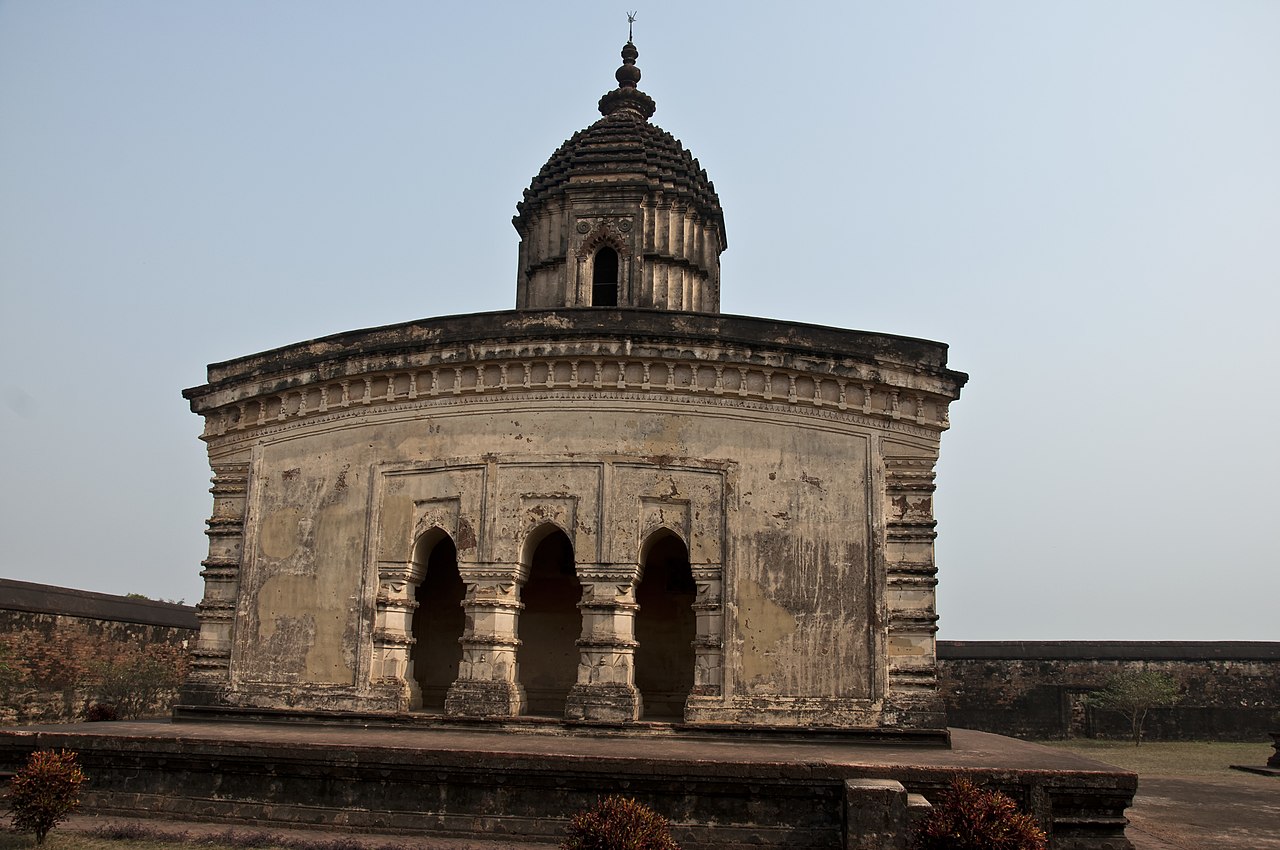Kerala is at the southern end of the Indian peninsula. It is a part of the Western Ghats of India. Verdant with copious rainfall it is home to many trees, spice plantations, an amazing amount of flora and its well-known backwaters in the south. Kerala, often referred to as God’s own country has a very interesting history of mural making. Believed to have started in the 7th and 8th century; majorly influenced by Pallava art. The oldest Kerala style murals have been found at a rock cut temple of Thirunandikara, now in Kanyakumari in Tamil Nadu which was probably made in the 9th or 10th century. There is some doubt about mural making in between 10th and 13th centuries but from the 14th to 16th century many were made and continue to this day after continuing revival efforts.
The content of the murals are mostly religious and mythological depicting legends. Flora and fauna also figure in the wall paintings. Magnificent murals are found all over Kerala. Murals have been made at palaces, termples, churches and also some other spaces. The Kanthaloor temple, Thiruvananthapuram, The Mattancherry palace, Cochin, Vaddakumnathan temple, Thrissur to mention a few. Murals have been made at churches at Alappuzha, Thiruvella, Angamly and Akkaparambu. Some temple murals are highlighted here. Also some depictions from Kalyana bhavanam or marriage halls.

Ananthasayanam, mural, 21st century, by artist Sastrasarman Prasad, Sree Karthyayani Temple, Kunnamkulam, Thrissur,Kerala.
By Mural paintings (Own work) [CC BY-SA 3.0 (https://creativecommons.org/licenses/by-sa/3.0)%5D, via Wikimedia Commons
The Mattancheri palace was built by the Portuguese in 1555. It is commonly called Dutch palace since 1663 after the Dutch made additions and renovations to it. there are shrines in the palace compound. Next to the palace is the Cochin synagogue built in 1567. On the west of the palace are murals painted in 1000 square feet in four chambers and two low ceilinged rooms from the 17th to mid 19th century. The depictions are from the Ramayana and some Krishna-lila scenes. The eastern chambers have Lord Shiva and Vishnu depictions. The scenes are dominated by browns,golds and red browns with touches of jewel-like green. There are many paintings which include Lord Vishnu as Anantasayana, Lord Krishna lifting Mount Govardhan, Lord Shiva with Parvati on Kailasa, Krishna with gopis, marriage of Lord Shiva and Parvati. Also Lord Shiva with Vishnu as Mohini.
 Mattancherri Palace, Cochin,Kerala.
Mattancherri Palace, Cochin,Kerala.
By Ranjith Siji (Own work) [CC BY-SA 4.0 (https://creativecommons.org/licenses/by-sa/4.0)%5D, via Wikimedia Commons

Mural, Lord Shiva with Mohini, Parvati looking away in anger, Mattancheri palace, Cochin, Kerala.
By Mark Hills (originally posted to Flickr as mattancherry palace) [CC BY 2.0 (http://creativecommons.org/licenses/by/2.0)%5D, via Wikimedia Commons
The Padmanabhapuram palace is located 40 kilometres from thiruvananthapuram, now in Tamil Nadu though historically a part of Kerala. This palace was a royal site, a centre for contact between the ruler Maharaja with visitors from abroad and for discussions with his advisors. The murals at the palace are from the 17th and 18th centuries mostly found on the upper floor of the 4 storey tower, in a sacred bedroom devoted to Lord Vishnu. Deities and tales from the Puranas are depicted on all four walls. The colours are light with uses of pastel shades and white as well. an are of 900 square feet is painted with murals. Lord Shiva resting with Parvati, Lord Krishna playing on his flute with gopis around him; are also depicted in the palace.
The Krishnapuram palace, built in the early 18th century at Kayamkulam is located north of Kollam (Quilon) and has a mural of Gajendramoksham of 154 square feet made around 1725-40. There is also an image of Ganesha. At some places European influences can be seen.

Krishnapuram palace, Kayamkulam, Kerala.
By Appusviews at Malayalam Wikipedia – Transferred from ml.wikipedia to Commons by Sreejithk2000 using CommonsHelper., CC BY-SA 3.0, https://commons.wikimedia.org/w/index.php?curid=12762847

Gajendramoksham, Krishnapuram Palace, Kayamkulam, Alappuzha, Kerala.
By Essarpee1 – Own work, CC BY-SA 3.0, https://commons.wikimedia.org/w/index.php?curid=32662595
The magnificent art of mural painting is well depicted in many temples across Kerala. The Vaddakumnathan temple at Thrissur, the Chemmanthita Siva temple, Thrissur, Kudamaloor, Kannur, Thodeekkalam, Kannur, the Sreevallabha temple, Thiruvalla the Mahadeva Siva temple, Ettamanoor, Pallikarup Mahavishnu temple, Mannarkad, Palakkad, the Padmanabhaswamy temple at Thiruvananthapuram, Guruvayur temple, Guruvayur, Vaikom temple, Kottayam, among many others.
The Sreevallabha temple at Thiruvalla, Pathanamthitta is dedicated to Lord Sree Vallabham and is very old. It is built on the banks of the Manimala river. The temple has fine stone-wooden carvings and grand architecture. There are superb murals paintings in the sreekovil (sanctum sanctorum) of Matsya avatara, Kurma, Varaha, Narasimha, Vamana, Sudarshana, Parashurama, Venugopala, Lord Krishna, Kaaliyamardana episode, Balarama, Dakshinamurty, Purusha sukta, Lord Rama, Lakshmi, Ganapati, Kalki avatara.
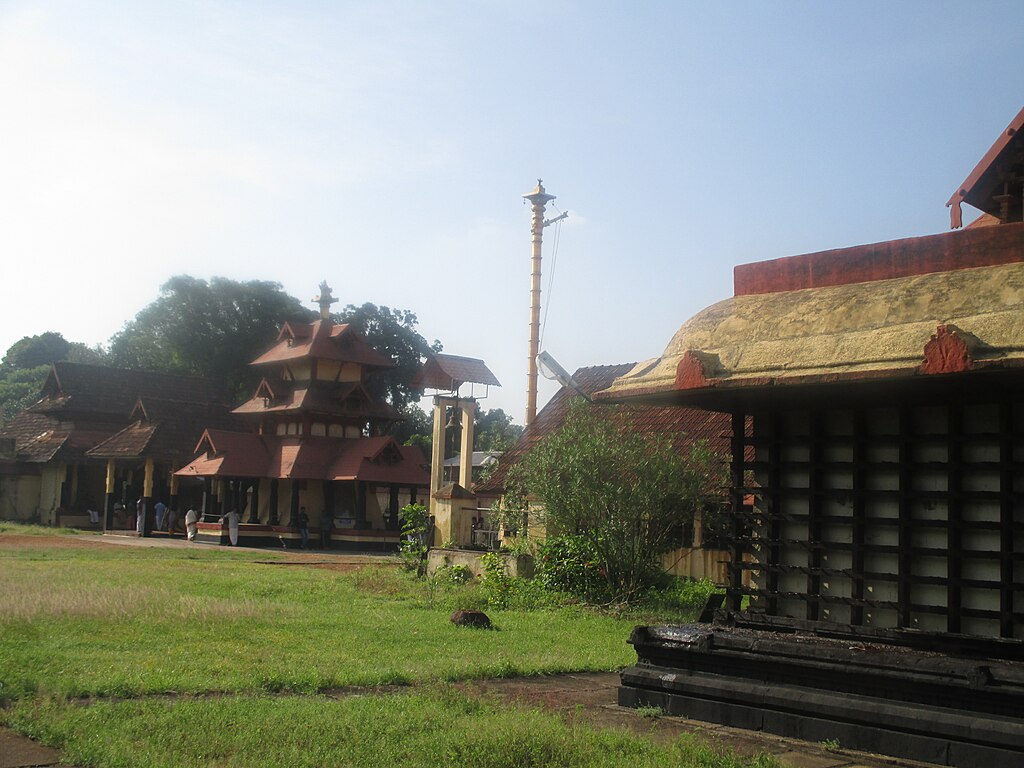
Sreevallabha Temple, Thiruvalla, Kerala.
By Ssriram mt – Own work, CC BY-SA 4.0, https://commons.wikimedia.org/w/index.php?curid=42076069

Garuda, mural, Sreevallabha temple, Thiruvalla, Kerala.
By Dvellakat (Own work) [CC BY-SA 4.0 (https://creativecommons.org/licenses/by-sa/4.0)%5D, via Wikimedia Commons
The Vaikom Mahadeva temple in Kottayam is an elliptical plan temple founded in the 11th or 12th century. The murals here are dedicated to the story of Lord Shiva. The paintings are bright and the colours are intense. At the Mahadeva temple at Ettamanur in Kottayam is an awesome panel of Lord Shiva as Nataraja on the inner wall of the gopura, 12 feet by 8 feet in size from the 16th century ! Lord Shiva is seen trampling the demon apasmara.

Vaikom Mahadeva Temple, Kottayam, Kerala.
By Sivavkm (Own work) [CC BY-SA 3.0 (https://creativecommons.org/licenses/by-sa/3.0)%5D, via Wikimedia Commons
The Thodeekkalam Shiva temple at Kannur is believed to be 2000 years old ! It is having much admired murals which depict stories of Lord Shiva and Lord Vishnu. Also the rural life from the 16th to the 18th centuries. The two-storied temple associated with the Pazhassi royal family of Kottayam, has 150 murals painted over an area of 700 square feet on the walls of the garba-griha or sanctum sanctorum. The splendorous murals are painted with naturally sourced pigments and red, saffron-yellow, green, white, blue, black, golden yellow hues dominate the panels.

Mural painting of Ganesha, Thodeekkalam Shiva temple, Kannur,Kerala.
By Vijayakumarblathur – Own work, CC BY-SA 4.0, https://commons.wikimedia.org/w/index.php?curid=48710571

Mural painting, Thodeekkalam Shiva temple, Kannur, Kerala.
By Vijayakumarblathur (Own work) [CC BY-SA 4.0 (https://creativecommons.org/licenses/by-sa/4.0)%5D, via Wikimedia Commons
The Pundareekapuram temple near Thalayolaparambhu in Kottayam has Lord Vishnu as the main deity on his Garuda along with Bhoodevi. The murals of this temple were made most probably in later 18th century. The themes include Mahisasuramardini, Krishnalila, Sri Rama-pattabhishekam among others. The murals are bold and striking with accurate lines. Many images of Nagaraja along with Garuda are found in the temple.
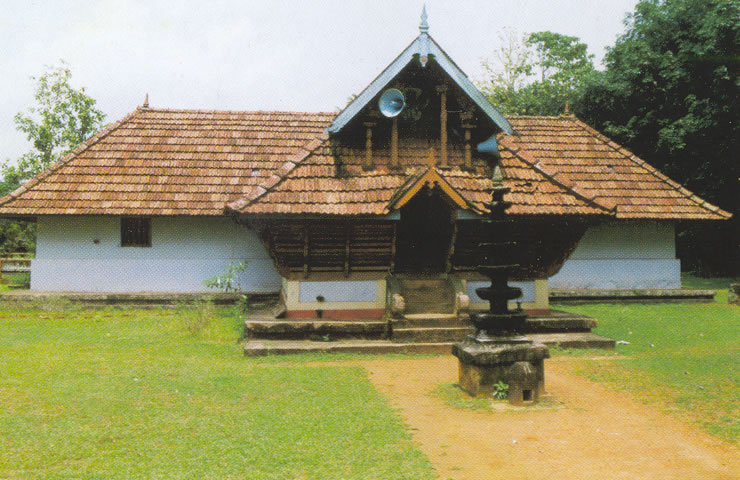
Pundareekapuram temple, Kottayam, Kerala.
By Sivavkm – Own work, CC BY-SA 3.0, https://commons.wikimedia.org/w/index.php?curid=16060370

Pundareekapuram temple mural, Kottayam, Kerala.
By Sivavkm – Own work, CC BY-SA 3.0, https://commons.wikimedia.org/w/index.php?curid=16060393

Kalyana-bhavanam mural painting, Achikanam, Kasargod, Kerala.
By Vijayanrajapuram – Own work, CC BY-SA 4.0, https://commons.wikimedia.org/w/index.php?curid=53875551

Mural at Olavakhode Railway Station, Palakkad, Kerala.
By Prof tpms (Own work) [CC BY-SA 4.0 (https://creativecommons.org/licenses/by-sa/4.0)%5D, via Wikimedia Commons
References :
- Temple arts of Kerala/Bernier,Ronald M, New Delhi : S Chand & Company Ltd, 1982.
- Murals of Kerala/Shashibhushan,M.G, Tvm : Department of Public Relations. (article)
- connectingmalayali.com
- wikipedia.org
Posted by :
Soma Ghosh
©author
![]()
![]()




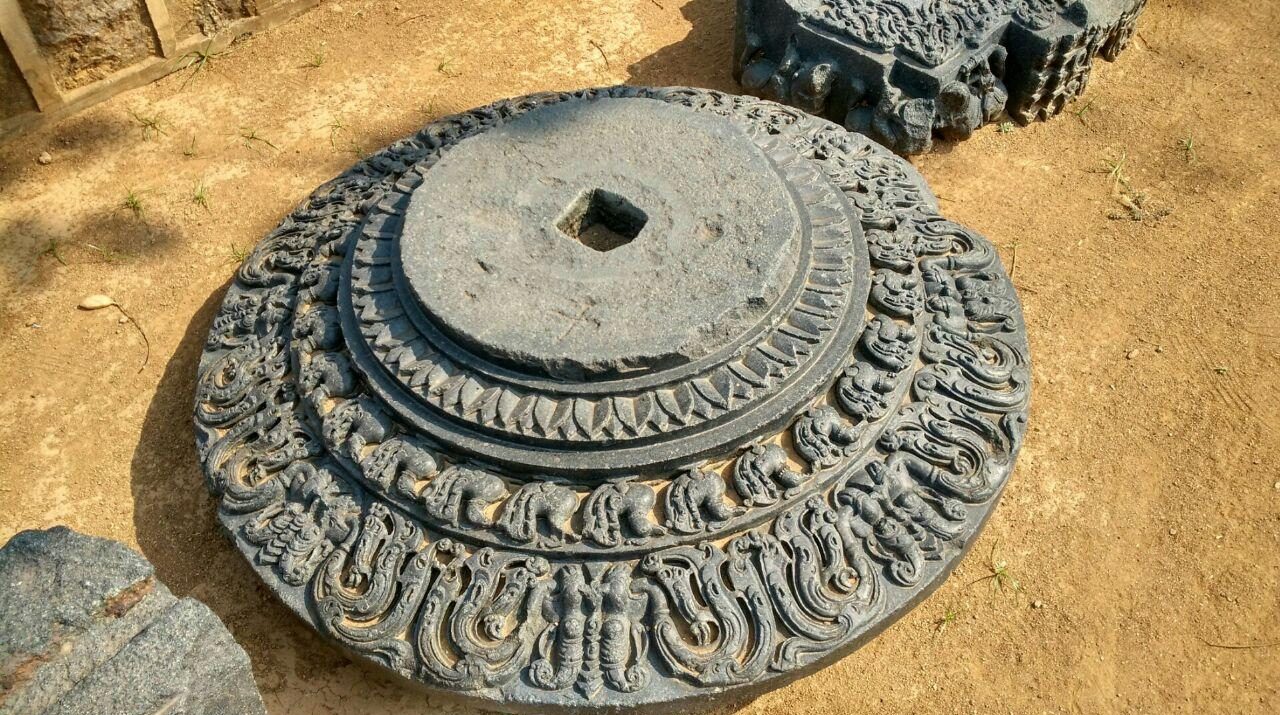






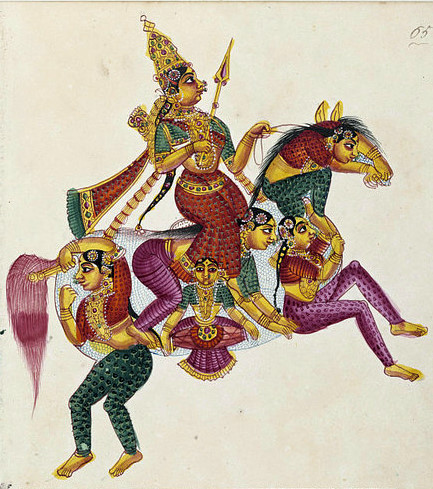
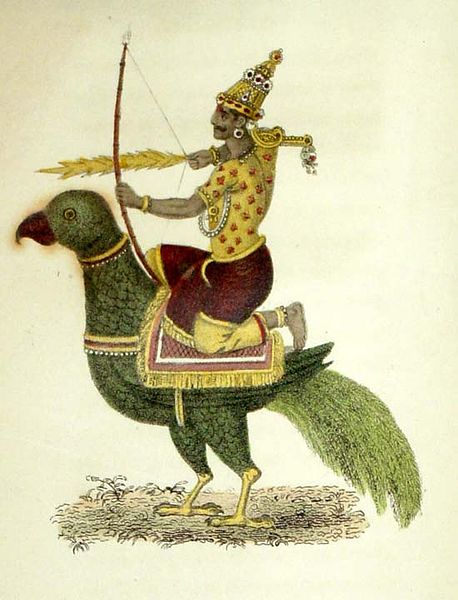

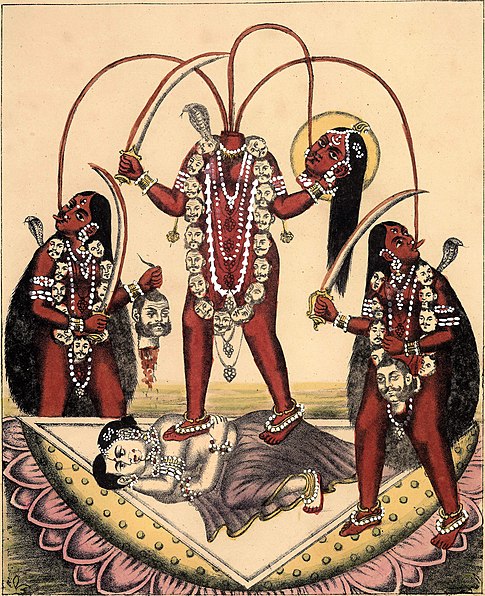
 Mattancherri Palace, Cochin,Kerala.
Mattancherri Palace, Cochin,Kerala.











